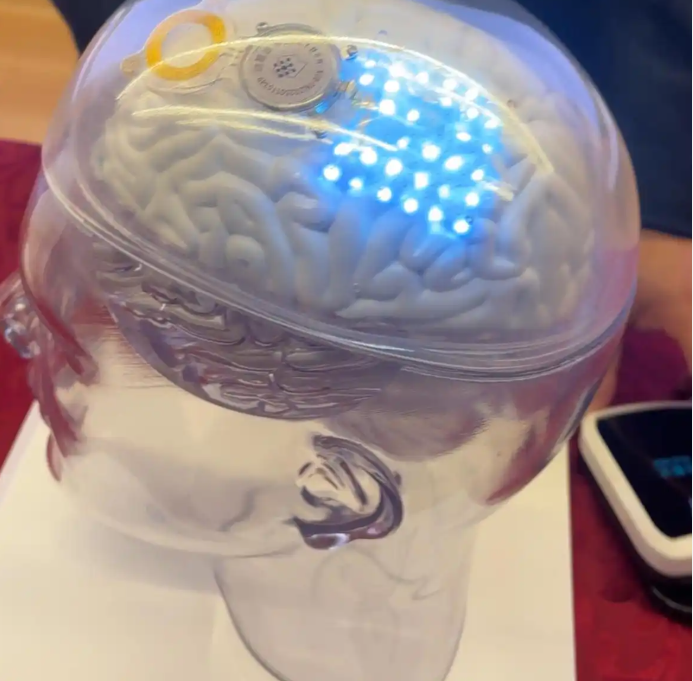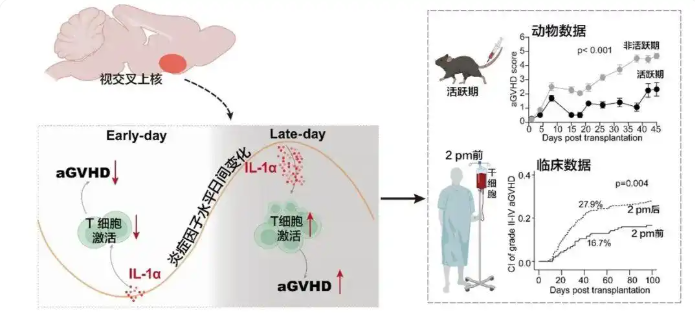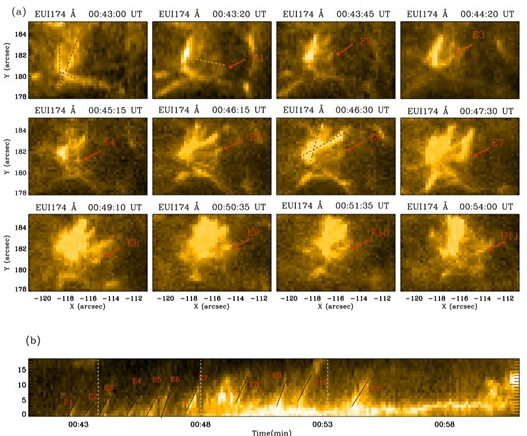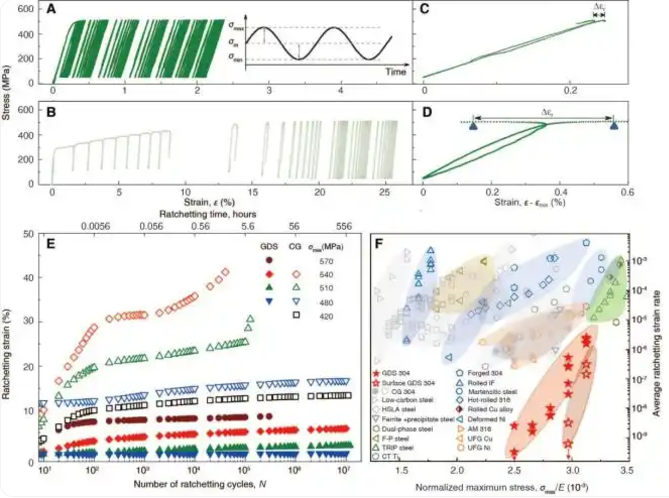Paralyzed patients can control a robotic arm with their thoughts to drink water 10 days after operation, and ALS (Amyotrophic Lateral Sclerosis) patients regain ability of language communication, through a brain-computer interface. The independently developed "Beinao-1" in China breaks through the boundaries of brain-computer interfaces with a wireless implantation. It precisely decodes the intentions of the brain through 128 channels, opening up new possibilities for the reconstruction of limb and language functions. It will enter a new stage of clinical trials by the end of the year.

The research team from the University of Science and Technology of China released research results, for the first time confirming that by adjusting the time of hematopoietic stem cell transplantation, the risk of patients developing aGVHD can be significantly reduced, reducing the incidence of the disease by 40%-65%.
This study precisely identified the interaction mechanism between the central rhythm control center of the brain and the immune microenvironment. For the first time, it revealed the correlation between the infusion time of stem cells during the hematopoietic stem cell transplantation process and the incidence and severity of acute graft-versus-host disease after transplantation. Currently, two international multicenter clinical studies have been launched for verification, and the relevant achievements have been featured on the cover of the journal Cell.

Researchers from the Yunnan Observatories of CAS and Yunnan Normal University have achieved new results in revealing a new trigger mechanism for microflares and self-similarity of solar flares. The relevant research paper has been published online on the international journal The Astrophysical Journal Letters.
According to traditional theories, the energy release of solar flares is mainly driven by the eruption of magnetic rope structures. However, this time, the scientific research team focused on the frequently occurring microflares, and found that they may be triggered by a mechanism different from that of large-scale flares. They used the multi-platform joint observation data from EUI ,SDO, and AIA, observed a series of tiny ejection phenomena accompanying the occurrence of microflares for the first time.

The team from Fudan University has broken through the integration-degree bottleneck of two-dimensional semiconductor electronics, and successfully developed world's first 32 bit RISC-V architecture microprocessor "WUJI" based on two dimensional semiconductor material (molybdenum disulfide, MoS₂).
Under the control of 32 bit input instructions, "WUJI" can perform addition and subtraction operations on data up to 4.2 billion, support data storage and access in the GB range, and allow writing of programs with up to 1 billion reduced instruction set instructions. It is expected to bring broader prospects to industries such as the low-altitude economy and robotics.

Fatigue is one of the main failure forms of metal materials. Shenyang National Laboratory for Materials Science, and Professor Zhu Ting from the Georgia Institute of Technology in the United States have made important research progress on this scientific problem. The relevant research results were published online in the journal Science on April 4, 2025.
By introducing a spatially gradient-ordered dislocation cell structure into traditional 304 austenitic stainless steel, the combination of high strength and excellent anti-cyclic creep performance has been successfully achieved. Its yield strength is increased by 2.6 times, the cyclic creep rate is reduced by more than 10,000 times, and at the same time, compared with stainless steel and other alloys of the same strength, its ratcheting strain rate is reduced by 2-4 orders of magnitude, breaking through the bottleneck that the anti - ratcheting damage performance of structural materials is difficult to improve.
